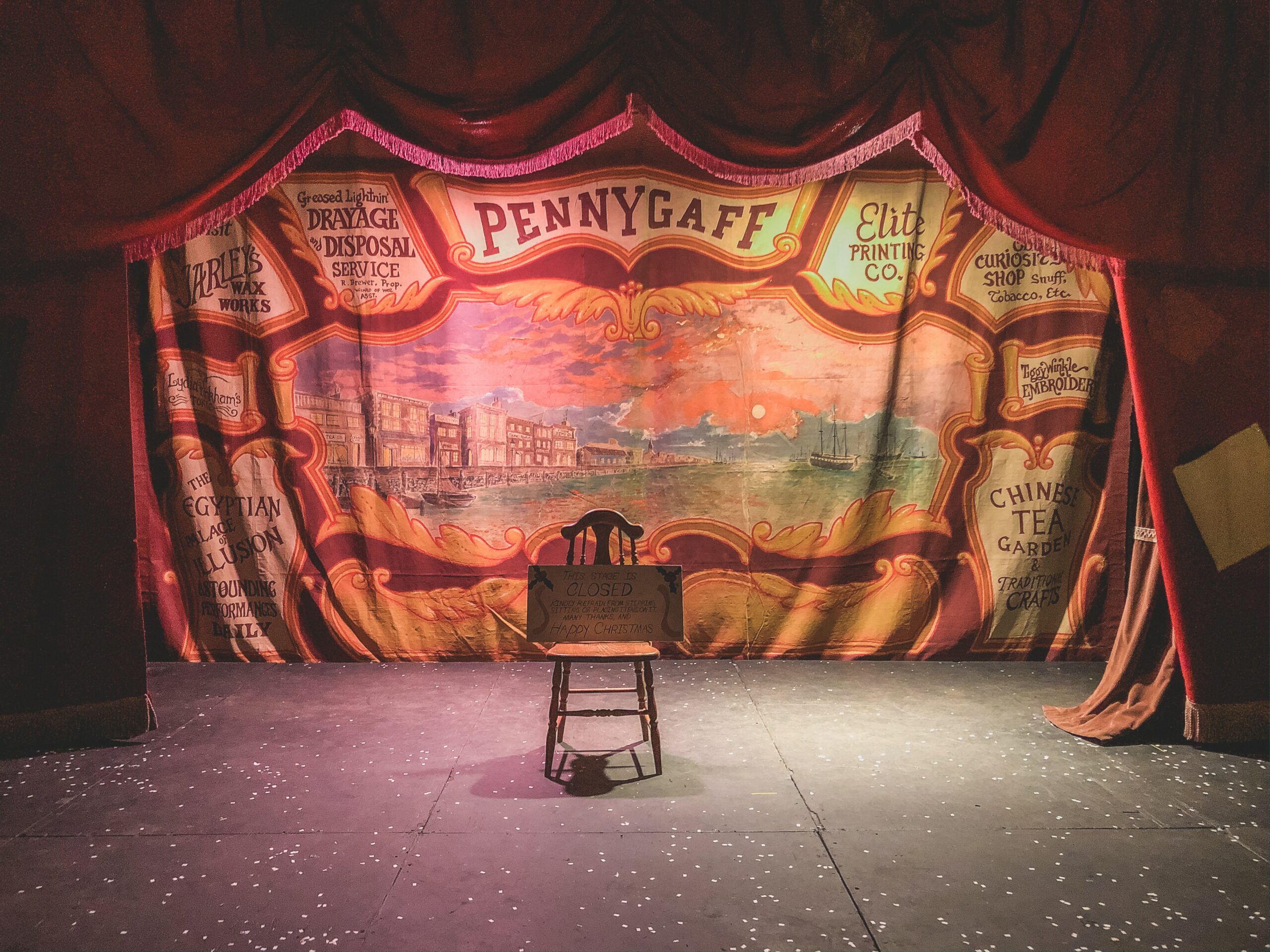English theaters
English theaters were kept closed by the Puritans for ideological and theological reasons during the Interregnum (1642–1660). Following the Restoration of the monarchy in 1660, the London theaters prospered with Charles II's personal involvement and patronage (reigned 1660–1685). Topical content and the debut of the first professional actresses (all female roles had previously been performed by males) drew in large and socially diverse audiences. The heroic drama, tragic drama, and Restoration comedy were new genres during the Restoration. The Restoration comedies, like William Wycherley's (1676) The Country Wife, have done the best job of retaining audiences and producers' interest today.
Even though Irish theatre has a recorded history that dates back at least to 1601, the first notable Irish dramatists were William Congreve (1670–1729), the author of (1700), and late Restoration playwright The Way of the World.From the United Kingdom, theater started to spread to the growing British Empire. On December 6, 1732, Farquhar's The Recruiting Officer was performed as the city's first play. It was also the first play to be presented in the [11]In 1737, Allan Ramsay brought theater back to Scotland.The censorship instituted by the Licensing Act 1737 put an end to the Augustan drama era. Novels started to have dramatic structures involving only everyday people after 1737, when authors with strong political or philosophical points to make stopped looking to the stage as their first option for a living. This was because the stage was no longer open to authors with serious ideas, and because it was no longer a viable source of income for authors. Theater was the main choice for the majority of wits before the Licensing Act 1737. The novel came after that.

